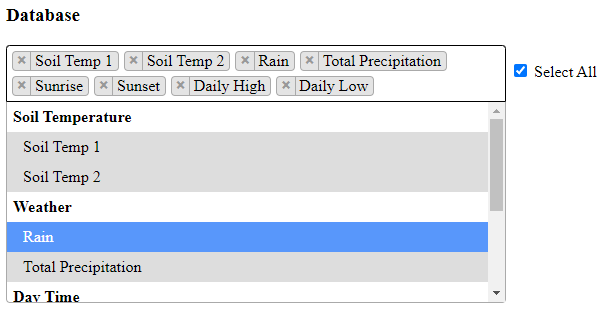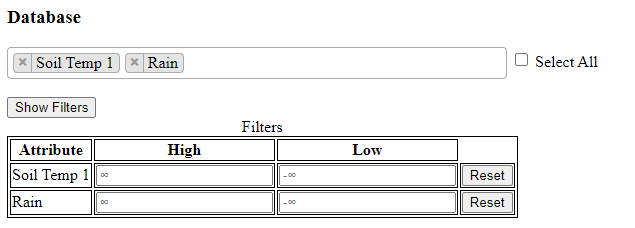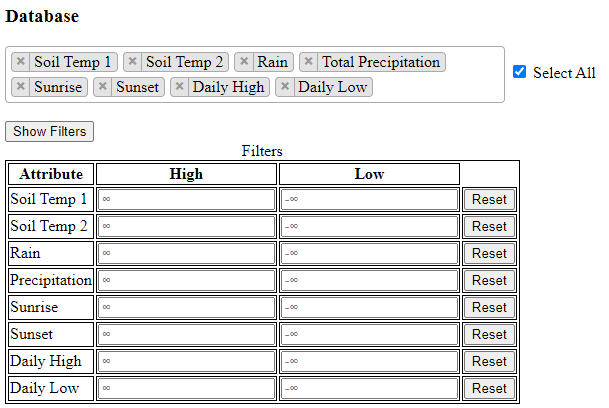This week we were finally able to settle on the tools that we are going to use for our project. Our client chose Tableau, a data visualization software, to be their new access tool to their newly migrated database.
Tableau is really an interesting piece of software, the software gives a lot of options to create different visualizations. We will need to be care on chosing the plots that will fulfill our client’s requirments, but also not make too many plots that would make it cumbersome to go through.
For example, below is a graph of a scatter plot and a whisker box plot. Our client would like to use scatter plots to read minute data, while using different options, it really shows how diffcult it is to choose the best plot in each use case.


In the first graph, it is a scatter plot that labels all data as discrete data on graph, not very useful when all the data is conglomerated on to in a month column. While the second column is using the same data with the above scatter plot, but instead using a whisker box plot. Which is much more easier to look at, and get a better understanding of the data.
While the above plot is a scatter plot that is using hour as continous data, where hour data is always aggregated, and shown into hour columns inside of a larger column. This would be a good graph if our client would like to see a trend of data between day and night.
In conclusion, there is a lot of nuisance between each graph, and we will need to select carefully on which graph will be the most useful for our client, and a balance between how many work sheets we would like to build for our client.




